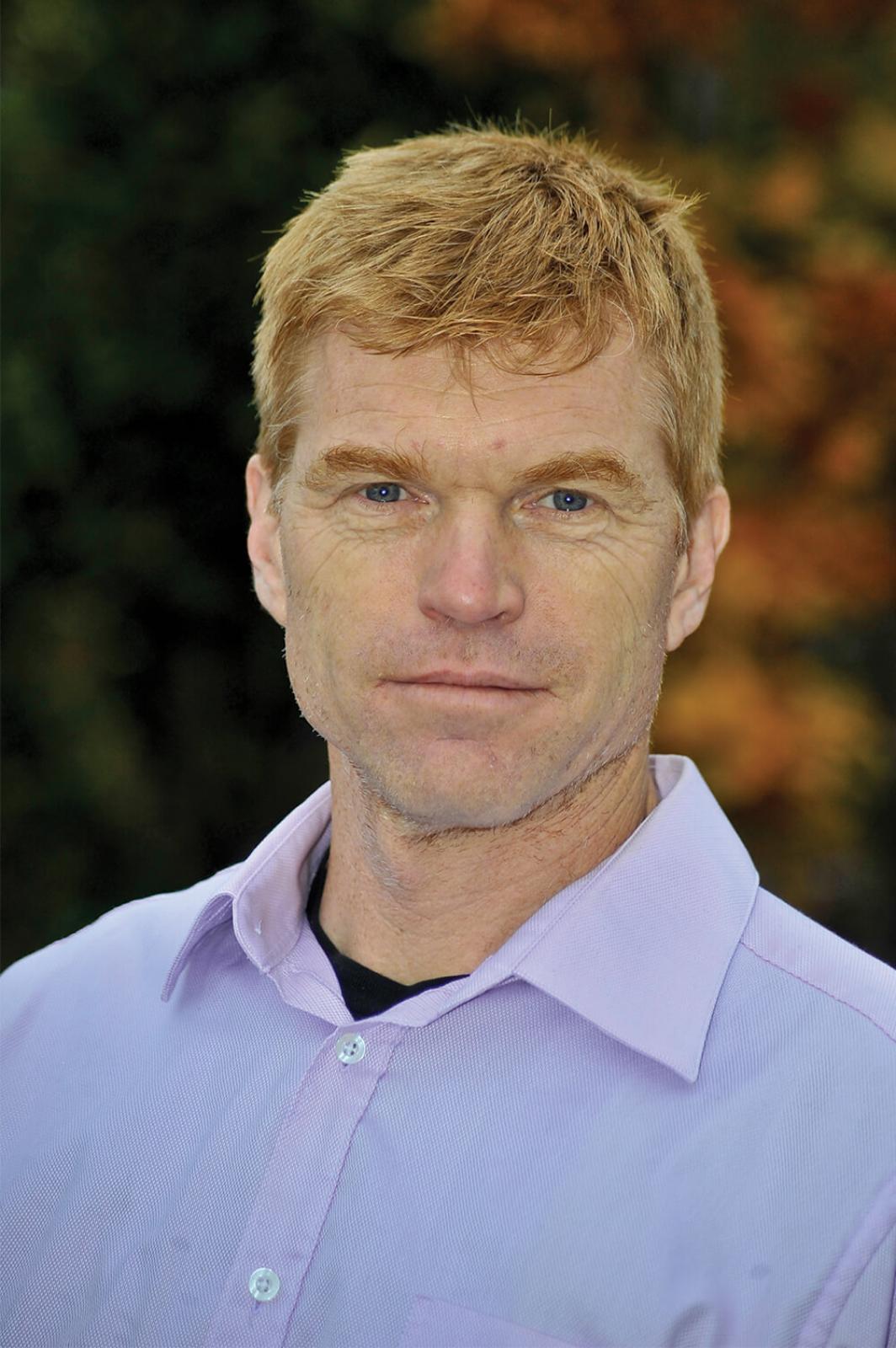January 1, 2016

Peter Guinane
Support value — by charging
This month’s mentor is Peter Guinane, CEO of Oriole Landscaping in Toronto. He has held many leadership positions, including board member for both Canada Blooms and Landscape Ontario, chair of its Contractor Sector Group, and member of the Landscape Canada Committee.
Can you give readers a snapshot of your company?
I began landscaping the day I finished high school. My neighbour, George Urvari, wanted to start this business and I figured it would be a good way to work through university. I had wanted to be an architect like my father and grandfather, and hoped to end up with a design-build construction company one day.Well after four years of a summer business, learning about all of the possibilities in this industry, our fledgling business was already dabbling in design-build and I was hooked. George and I decided to make it a year-round business and grow it into a proper professional operation.
Oriole has 32 staff with a few extra students in the summer. We focus on design-build, but do tender build work as well with a handful of landscape architects. We do some horticultural maintenance, but no snow removal. We have a construction division that does more work in the winter to provide continuous work for some of our staff. We often have masonry and carpentry work that continues through the winter as well. Oriole Landscaping is celebrating 30 years this spring and it has been great, in the successes and the lessons (read failures).
We seem to win enough jobs/contracts/work but never make a profit. What are we doing wrong?
The two most common ways to struggle with under-pricing for profit are; not realizing how much overhead should be allocated to a project, and not completing a project within the hours estimated.When we were smaller we believed we had lower overhead but in reality were simply discounting the time we spent on sales calls, administration, training, collections, safety, and the value of paid assets like equipment we own. The second cause – productivity – is a moving target. Every project is slightly different so expecting it to go smoothly every time is risky, so building in some buffer for the unknown is the only way.
For understanding both of these you need to know your costs. You need to have a good accounting system that tracks these costs and then an estimating system that passes your costs back to the jobs with profit.
Is there one specific moment or action that took your company to the next level?
We identified high-end residential design-build as our goal. We thought it would have higher margins and less economic volatility. We made that our goal after the recession in 1990. We have since learned it is not that easy, but it did spur us to plan, to drive sales in that direction, to build our fleet of trucks and equipment to serve that market. To find staff for the office and the field who shared our understanding of the value in quality and service. If there was a turning point for us, it was that plan over 20 years ago.How do we find the money and/or make the time to train people?
Many of our staff are hired with very little experience in landscaping. But we do hire people with a good attitude and aptitude, and who are willing to learn. We team new hires with an experienced crew. We offer incentives to our crew leaders based on overall productivity of the company. So, they are not disadvantaged with a less experienced crew member, but are able to show them our way to work. If our focus to hire is based on a positive work ethic, attitude, and aptitude, then crew leaders gain a hard working labourer who makes a meaningful contribution. Most of our skills training is on-site and we maintain a record of training for staff. We establish goals for staff to learn new skills each season and include them in their performance reviews.In this way, new staff slowly gain skills and contribute to our productivity. We do have staff on occasion that don’t fit well with some crews and are willing to move them to a better fitting crew before recommending a different company. Our culture may not be uniformly instilled in all staff at all times, but I think they all realize that nobody is perfect and everyone has something to learn.
How do you avoid wasting time on dead-end calls?
Our breakthrough came when we started charging for designs. At first it was selective; many of our competitors still gave free designs as part of their pitch back in the ‘90’s. We realized once clients agree to pay for a design, they are both more inclined to hire you for the landscape work and pay for what they get, just like the drawing. We have since raised our minimum design fee to reflect the types of projects we want to build.What business-related issue still keeps you up at night?
Service is our most valuable product. We have to take care of our clients in a timely manner so they know they matter to us. From the sales call, the construction, follow up service, to warranty work if needed.Figuring out how to answer all the questions or issues, to juggle the staff to take care of all the projects without sacrificing the current builds. An issue with quality at a site can be corrected quickly, but a loss of trust if you don’t fulfill a promise to a client is not so easy to fix. That keeps me up at night. When it works, it earns me another satisfied customer.
If you have a question to suggest, or a mentor to recommend, please email editor@landscapetrades.com.